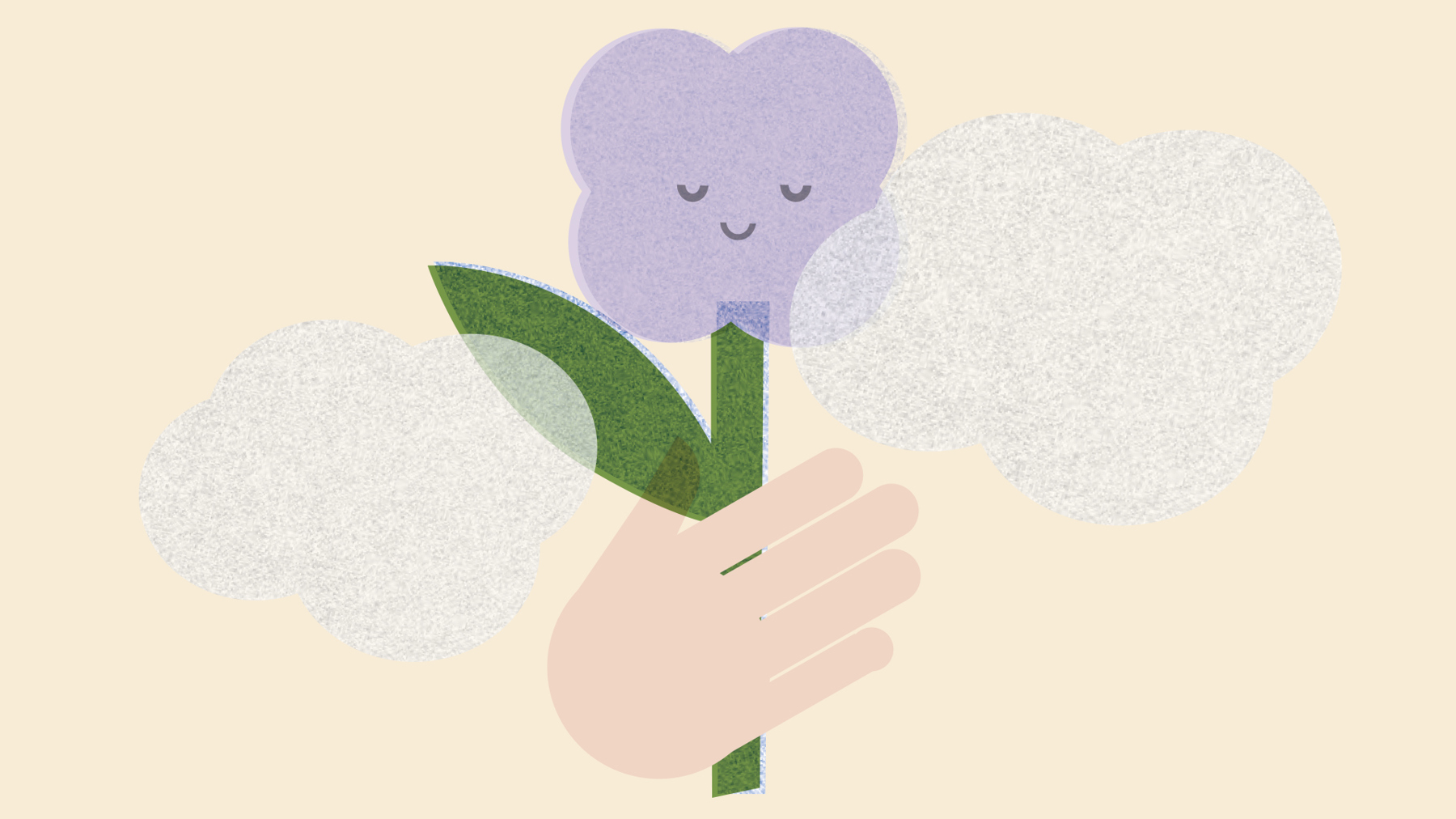Releasing your creativity
As a society, we’re slowly learning to let go of our perfectionism; lopsided lockdown loaves and collapsing crafts are testament to the fun that comes when you just get stuck in. Drawing, however, is often seen as something different, something for artists, something you have to be good at. Why pick up a pencil (or a paintbrush, or a lump of charcoal) if you’re not sure what you’ll produce?

‘If there’s one thing I wanted to get across in my book, it’s that even a two-minute drawing is better than no drawing at all,’ says Clara Drummond, award-winning artist. If you’re anything like us, this will come as a relief.
‘We all struggle with perfectionism, with the blank page,’ suggests Clara, no stranger to the expectation of an empty canvas. ‘But learning from your mistakes is so much more valuable. When you think something isn’t good, that’s usually the most interesting piece.’ And it’s true – if Clara wanted perfection, Drawing and Seeing would be a ‘how to’ book. Instead, it’s a ‘go do’ book, full of experiments and ideas – an antidote to our picture-perfect-obsessed times.
In many ways, Clara’s book is part of a movement: swapping smartphones for sketchbooks, Twitter rants for diaries, scrolling for scribbling. It’s an ode to the beauty of sketchbooks (something Clara has valued since her days as an art student) and the benefits of having one.
‘There’s something very powerful about drawing, focusing on something so completely that you forget about everything else. That connection to yourself and the natural world is so important. You’re drawing things how you see them – not how they look on Instagram.’
We could all use an opportunity to step back from everyday worries and the world around us and check in with ourselves right now. If the potential wellbeing boost isn’t enough to persuade you to give it a go, you might want to think about the potential career benefits. LinkedIn (the world’s largest professional network) analysed data to determine which skills companies need most. They found that creativity topped the list in both 2019 and 2020. Organisations need creative sparks who can think on their feet and find new ways to bounce back – skills any keen sketchbook owner has plenty of chances to practise.
If you’re convinced of benefits of giving drawing a go, safe in the knowledge you don’t necessarily need to create a masterpiece, you might be wondering where to start. If, like us, it’s been a while since you picked up a pencil, Clara’s ideas might be the helping hand you need to get going. No one’s too big or too small to try Clara’s exercises. It’s all about being creative, letting go of expectations, and seeing what happens when you put pen (or twig) to paper.
Start simple (two minutes)
Choose your subject, let all other thoughts fall away and focus on looking. Draw swiftly, using different pressures and marks to describe what you see. Let the lines flow to the edges of the page. Take up as much space as you need.
Memory musings (four minutes)
Choose your subject. Look at it for two minutes without drawing: just concentrate on looking and not thinking. Then, with the charcoal, draw from memory for two minutes without looking at your subject at all.
Strange shapes (ten minutes)
Find a weed – any weed will do. Either draw it then and there, or bring it home and place it in a glass of water. If you’re not able to access outdoor spaces, why not try a piece of fruit or veg or a houseplant? Try to amplify, rather than diminish, the scale of your drawing.
Wax is back (fifteen minutes)
Choose a subject that has strong contrasts of light and dark. Draw on paper with a white crayon. You’ll need to make the marks quite heavy. Then, brush ink over the whole page to see your drawing appear. You can use a clean cloth to wipe away any excess ink.
That’s handy (two minutes)
Place your non-drawing hand next to your sketchbook. Choose one colour crayon and draw your hand with one continuous line. Draw right off the edge of the page. Try not to judge your drawing, just focus on capturing the main shapes of your hand.
Looking within (four minutes)
Sit in front of a mirror making sure that your face is well lit. Take two different coloured crayons and decide which will be your light and which will be your dark. Focus on where the areas of light and dark are and sketch your features.
Every cloud (four minutes)
You’ll need a brush, a jam jar of ink, a jam jar of water and paper towels. Brush water over a double-page spread, then look up at the sky and find clouds to focus on. Start to draw the clouds with the ink, capturing what you see. Let this drawing dry before you turn the page.
Sticks and stones (five minutes)
Find a stick and, with a jar of ink, use the stick as a dipping pen to draw your chosen subject. Try to use the whole double-page spread and experiment with the different marks that you can make with this simple tool. If you can’t get outside to find a stick, why not use the end of an old toothbrush or wooden spoon?